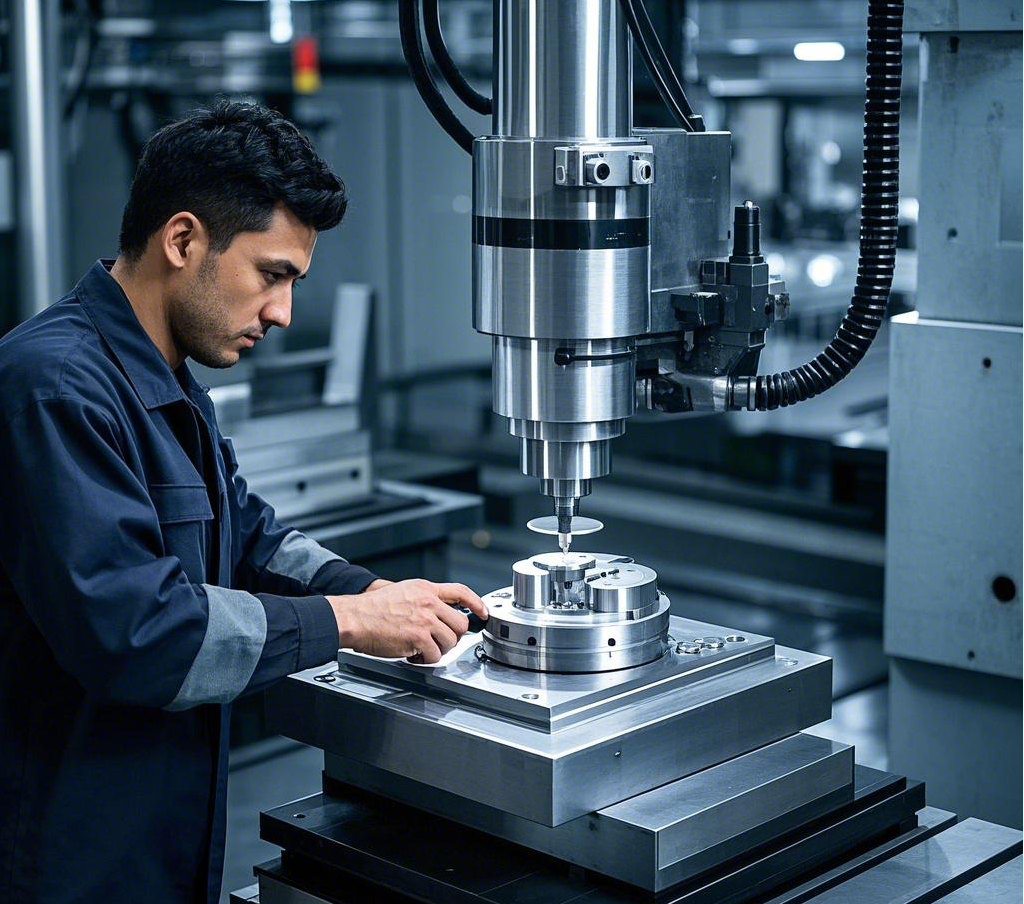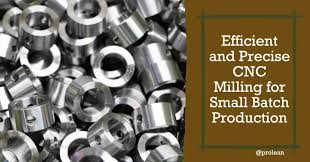The Application of Laser Welding in CNC Machining
As the manufacturing industry continues to evolve, laser welding technology has become an increasingly important part of CNC machining. This high-precision, flexible, and efficient processing method has become a key component of modern manufacturing processes. Below, we will introduce the working principles, advantages, and practical applications of laser welding in CNC machining.
1. What is Laser Welding?
Laser welding is a technique that uses a high-energy laser beam to locally melt and fuse materials together. Due to the focused nature of the laser beam and its high energy density, it can heat and melt materials in a very short time, enabling precise and rapid welding. This technology can be applied to a variety of metal and non-metal materials, making it especially suitable for thin materials, complex shapes, and parts that require high precision.
2. Advantages of Laser Welding
Laser welding offers many advantages in CNC machining, including:
High precision and repeatability: The laser beam allows for extremely fine weld seams, making it ideal for small and complex parts. When combined with the precision control of CNC machining, it ensures consistent welding results.
Small heat-affected zone: Unlike traditional welding techniques, laser welding heats only a very small area, reducing heat transfer and minimizing the risk of part deformation and material damage.
Fast and efficient: Laser welding can complete welding operations at very high speeds, especially for thin materials, significantly shortening production cycles and improving processing efficiency.
Non-contact welding: As a non-contact process, laser welding avoids mechanical stress on the workpiece, making it suitable for processing brittle materials or delicate parts.
High level of automation: Laser welding, like CNC machining, can achieve a high degree of automation, with precise control of the welding path and parameters through CNC systems, reducing human intervention and lowering error rates.
3. Applications of Laser Welding in CNC Machining
Laser welding is widely used in various industries, especially in the manufacturing of high-precision and customized parts. Below are some typical application areas:
Automotive Manufacturing: In the automotive industry, laser welding is commonly used to process body components, exhaust systems, gears, and other high-strength, high-precision metal parts. Complex metal parts produced by CNC machines can be quickly assembled using laser welding, ensuring strength and weld aesthetics.
Aerospace: Aerospace components often have strict requirements for weight, strength, and precision. Laser welding ensures that aircraft engine parts, fuel lines, and wing components meet high standards while preserving the original material properties.
Electronic Devices: Laser welding is extensively used in the manufacture of miniature components for electronic devices, especially for welding small metal parts and casings. Following the precision machining of CNC machines, laser welding ensures the assembly accuracy of these small components.
Medical Instruments: Laser welding is widely applied in the production of medical devices due to its contamination-free, high-precision characteristics. For stainless steel, titanium alloy, and other materials used in medical device components, laser welding after CNC machining guarantees the hygiene and strength of the welds.
4. Advantages of Combining CNC Machining with Laser Welding
Combining CNC machining with laser welding offers numerous advantages in the production of customized parts, including:
Complex shape processing: CNC machines can manufacture complex geometric shapes, while laser welding provides high-precision assembly and welding for these shapes. Together, they enable the production of highly precise and strong complex parts.
Reduced processing steps: In some cases, combining CNC machining with laser welding can simplify production processes, reducing the need for subsequent processing steps. For instance, after CNC machining, parts can be welded directly with laser welding without the need for traditional welding techniques, completing the finished product.
Optimized production costs: The speed and automation of laser welding allow it to work in sync with CNC machining, reducing downtime and manual labor, thus lowering production costs, especially in large-scale production.
5. Conclusion
The combination of laser welding and CNC machining provides modern manufacturing with great flexibility and high-precision solutions. Whether in the automotive, aerospace, electronics, or medical industries, the synergy between these two technologies ensures the production of high-quality customized parts. For manufacturers requiring high precision and efficiency, laser welding will continue to be an essential component of CNC machining.
When providing CNC machining services, your factory can leverage laser welding technology to deliver more accurate and efficient custom solutions for your clients.




